Discover how the rise of open-flame cooking is heating the dining scene in Bali and Jakarta. By Eve Tedja and Rizki Pradana
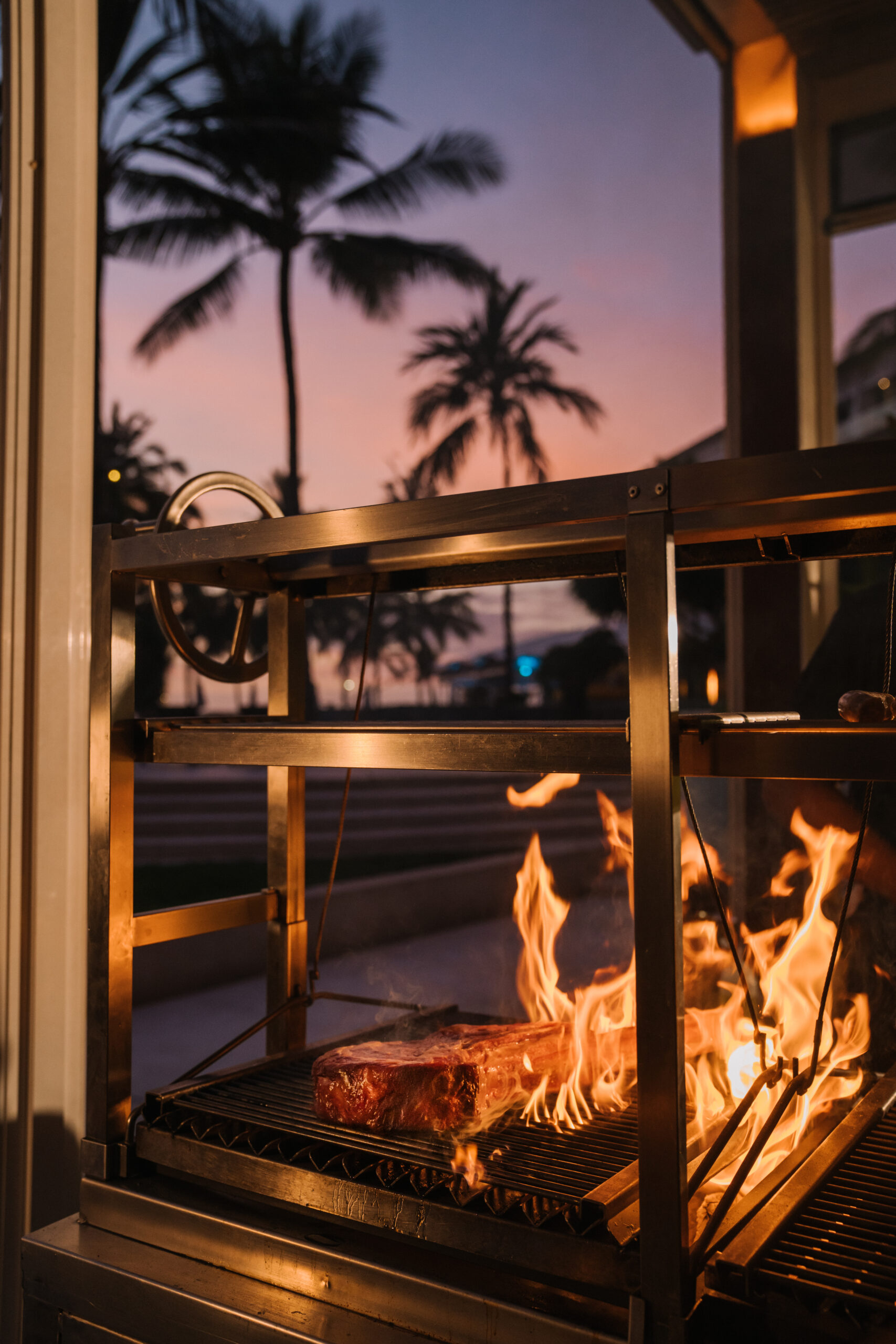
It’s amusing to call the return to cooking with fire a trend. If it is, it’s undoubtedly the oldest trend in the book. Humans have cooked with fire for at least 1.8 million years. It is believed that cooking with fire pushes our evolution by making it possible for humans to digest food faster and get the most of the nutritional benefits. Now, it is deeply ingrained within every one of us that fire means warmth, light, protection, hot food, and comfort.
That’s why it is not surprising modern barbecue restaurants continue to flourish. It appeals to who we are as humans. Many brilliant chefs have embraced the uncertainty and laborious process of cooking with embers and flame – instead of fine dining and molecular gastronomy.
The Basque maestro of Asador Etxebarri, Bittor Arguinzoniz, was quoted saying that ‘this technique, although primitive, is modern’. Argentina’s well-known chef, Francis Mallman, renowned for his love of open-fire cooking said in an article at The Splendid Table that ‘fire is such a fragile and beautiful thing… I’m learning a lot still’. Lennox Hastie, chef-owner of Firedoor in Sydney believed that ‘fire is not just a heat source but an ingredient in every dish’. From Ekstedt in Stockholm to Burnt Ends in Singapore, the love affair of cooking with fire is burning bright.
Turn up the heat
What about Indonesia? The rise of open-flame cooking certainly took off in the carnivorous cities of Bali and Jakarta. It is easy to find excellent Japanese, American, Argentinian, and modern barbecue restaurants in these two gourmet destinations. So much so that we now have Arang Kita (a locally made binchotan white charcoal producer), Floja (a custom charcoal and wood fire grills artisan), and multi-cultural chefs who brought their flair to Indonesia’s fire-dining scene.
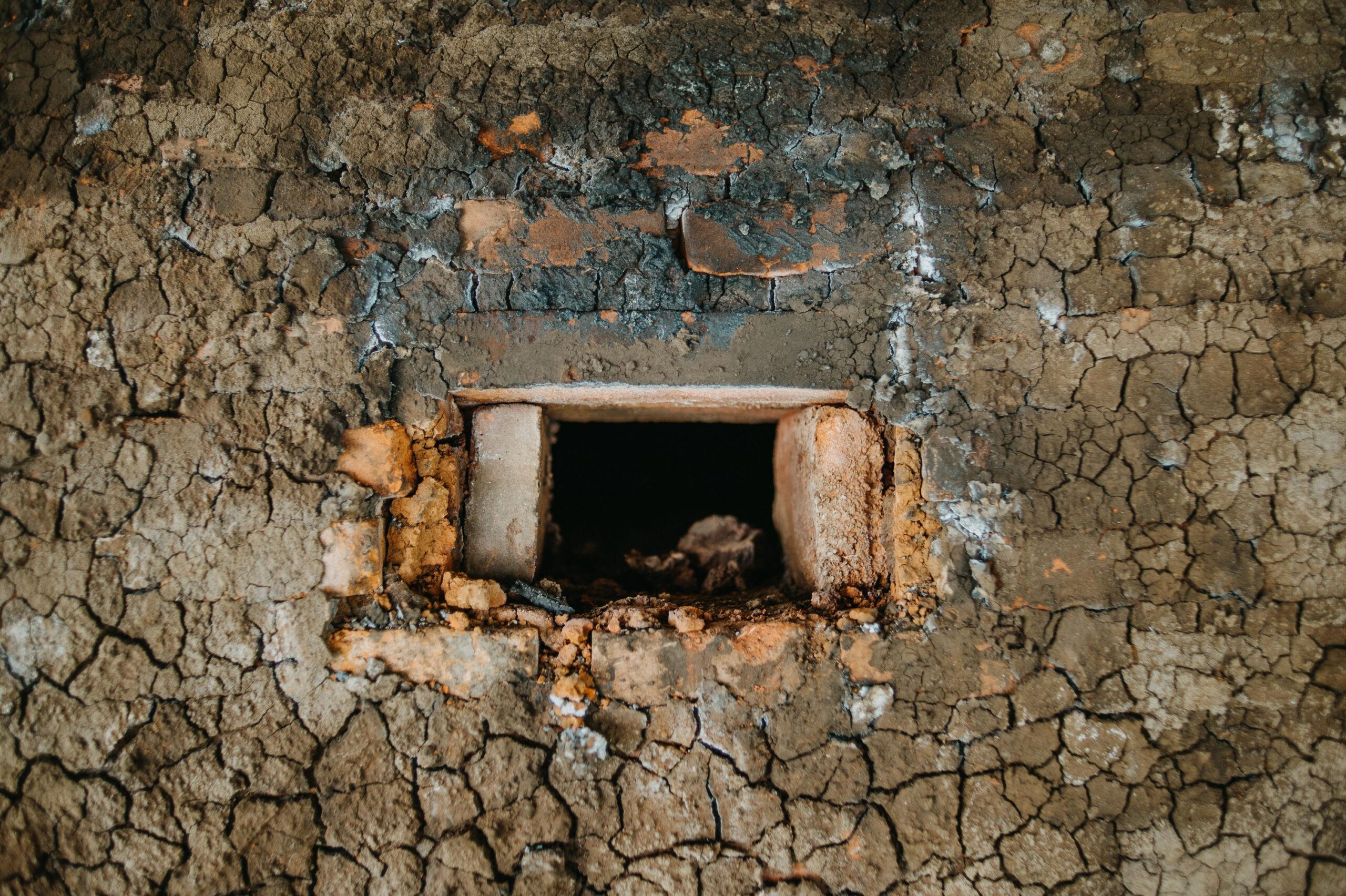
Using native neem and tamarind wood that grows in abundance in Java and East Nusa Tenggara, Arang Kita is producing binchotan and steadily supplying restaurants across the archipelago. It is known for its long-lasting burning time (approx. three to four hours), stable heat, clean burning properties, and low ash residue. The best part is that binchotan imparts no additional flavour or aroma to the yakitori that chefs may grill over their boxy konro. It enhances the taste of the chicken meat when the fats and the oils drop onto the charcoal, and the plumes of mouthwatering smoke infuse the satay. Meanwhile, Floja’s custom-made smoker as well as charcoal and wood-fire grills, can be seen in many kitchens. From Waatu in Uluwatu to Shelter in Canggu, the beautiful kitchen equipment is a testament to the island’s artisanship.
One artisan of flame can usually be found in the kitchen of FIRE Restaurant at W Bali -Seminyak. Sous chef I Made Sember has worked his magic on the charcoal-grilled meats and vegetable-forward dishes at the sizzling restaurant. If one walks in there on a Friday night without a reservation, be prepared to be disappointed because the restaurant tends to be brimming with guests wanting to devour the delectable dishes during Fridays on Fire. Sember and his team serve unlimited dishes of flame-kissed dishes such as Tomato Tartare, Dry-Aged Black Angus Cube Roll, Adobo Chipotle Pork Rilettes, Cauliflower Steak, and more. “We don’t just cook. In the kitchen, we command the heat. We char, sear, or smoke ingredients to reach their peak flavour,” adds Sember.
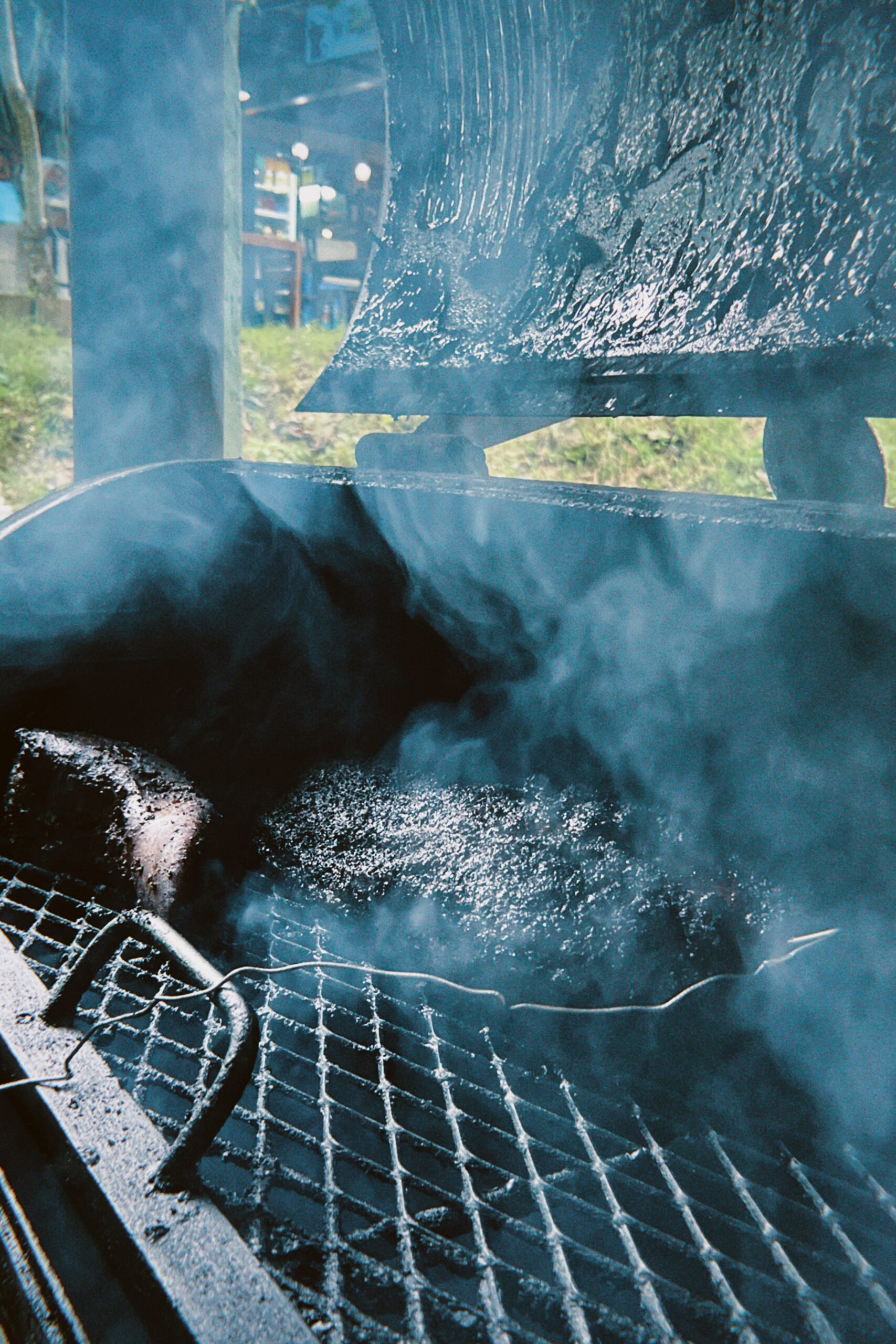
Riung Rasa in Jimbaran also offers a unique take on Texas-style BBQ, a concept pioneered by Vivilya Millian. Starting as a small Indonesian home-style restaurant, Riung Rasa evolved into a smoked meat haven, specialising in premium cuts like brisket, spare ribs, and beef tongue. The restaurant’s signature is the slow-smoked brisket, which can take up to 14 hours to cook.
The preparation process begins early each morning, with Vivilya carefully selecting her rubs, meats, and woods—mixing rambutan and coffee wood for a clean, intense smoke. Using both offset and vertical smokers, the meat reaches the perfect balance of charred edges and juicy tenderness. Riung Rasa’s innovative approach to BBQ not only places it at the forefront of Bali’s culinary scene but has seen it collaborate with restaurants across Indonesia, furthering the rise of smoked BBQ in Bali.
Hot in the city
The Nineteen in Jakarta, led by chef Cédric Vongerichten, brings a sophisticated approach in the rise of open-flame cooking. Known for his international experience, including stints in Michelin-starred kitchens, Vongerichten embraces fire to impart depth and complexity to his dishes. The restaurant’s signature cooking method involves using binchotan coals and rambutan wood, offering a clean, intense smoky profile to each dish.
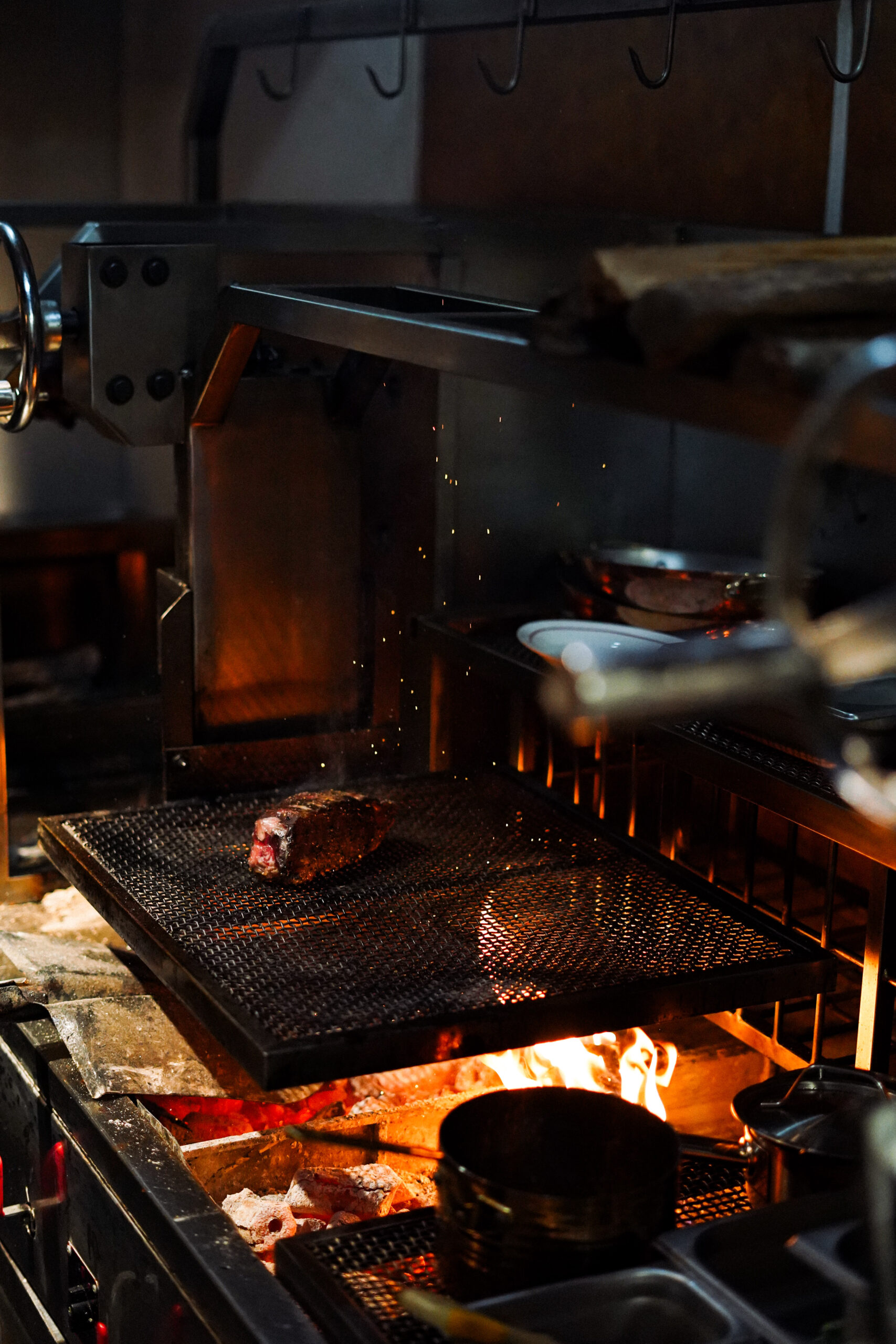
The Gorgonzola-aged strip loin, a standout item, combines beef with the pungency of aged cheese, grilled to create a deep, caramelised crust that locks in smoky, umami flavours. The grills, which are designed to allow precise control over heat intensity, allow chefs to perfect the Maillard reaction, ensuring each steak achieves the ideal level of crispness.
Also from the capital city, Aged & Butchered brings a modern twist to traditional Japanese yakiniku grilling. Known for their high-quality steaks and innovative techniques, the restaurant offers a unique table-side dining experience. Their triple-fuel grill combines gas, charcoal, and wood chips, allowing for a high degree of control over the cooking process. For thicker cuts, the restaurant relies solely on charcoal to achieve a deeper, smokier flavour, while smaller cuts are prepared using a mix of gas and charcoal for consistency.
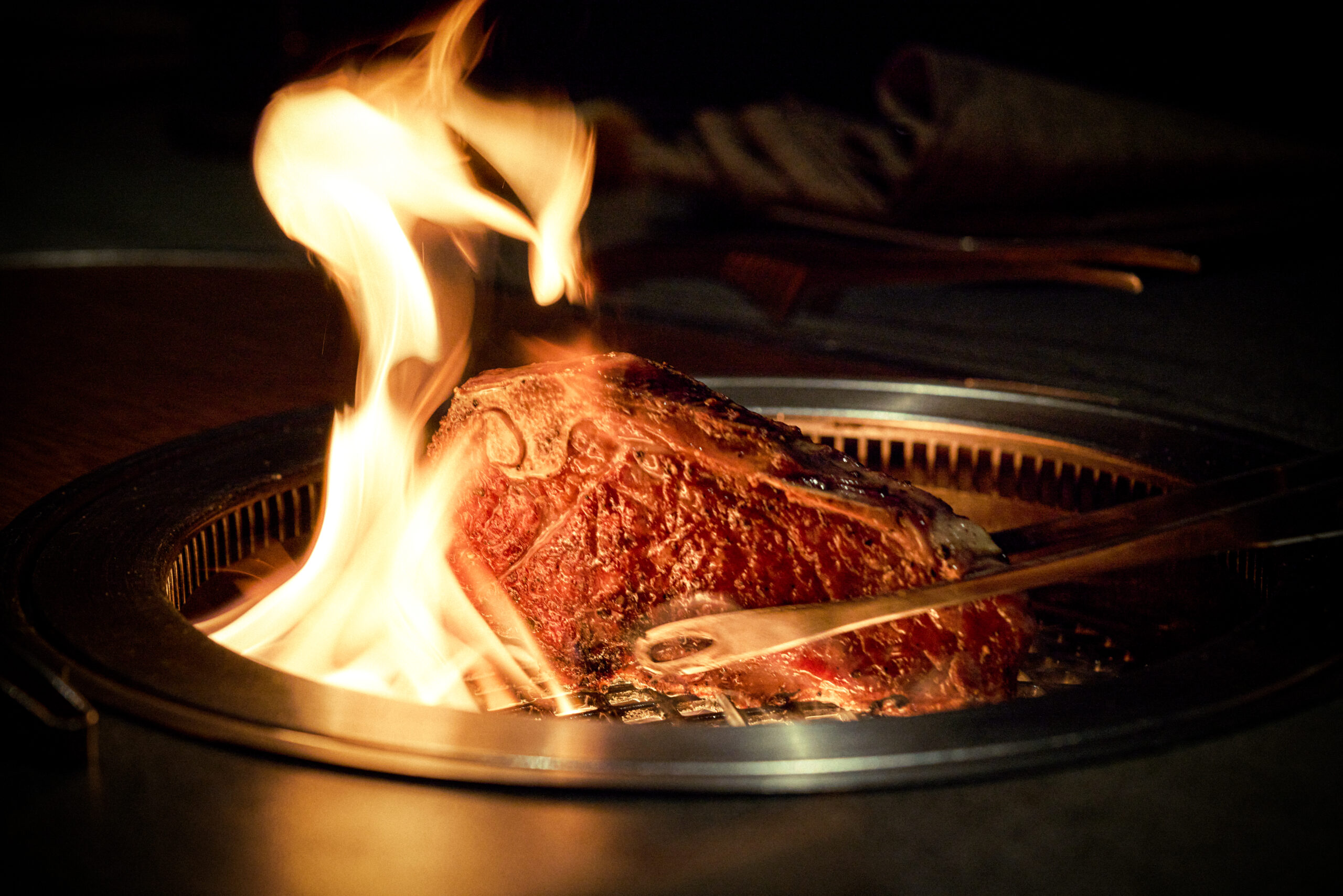
The adjustable airflow system ensures that each steak is cooked to perfection, achieving a beautiful crust while maintaining tenderness inside. Guests are encouraged to cook their own steaks at the table, enjoying a personalised experience with every cut. The use of hickory and applewood chips enhances the flavour, with hickory adding a strong smoky profile for beef, while applewood offers a subtle sweetness for lighter cuts. This thoughtful integration of fire, air, and wood reflects the restaurant’s commitment to both tradition and craftsmanship.
